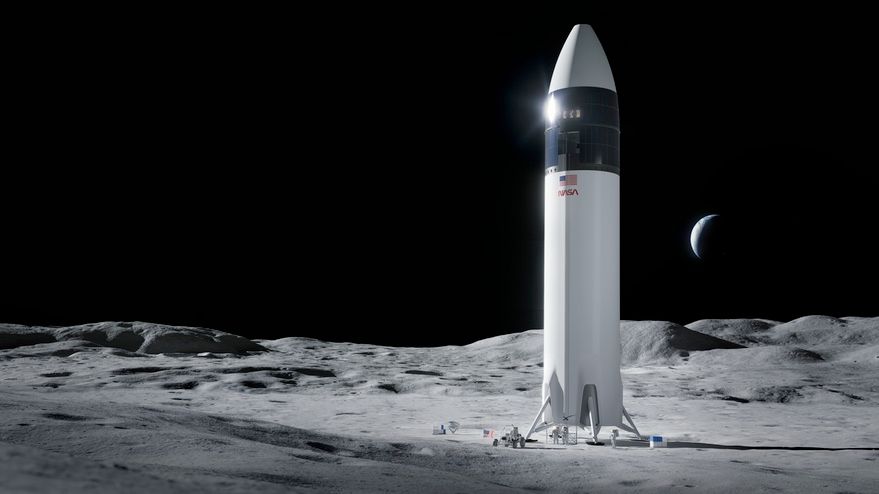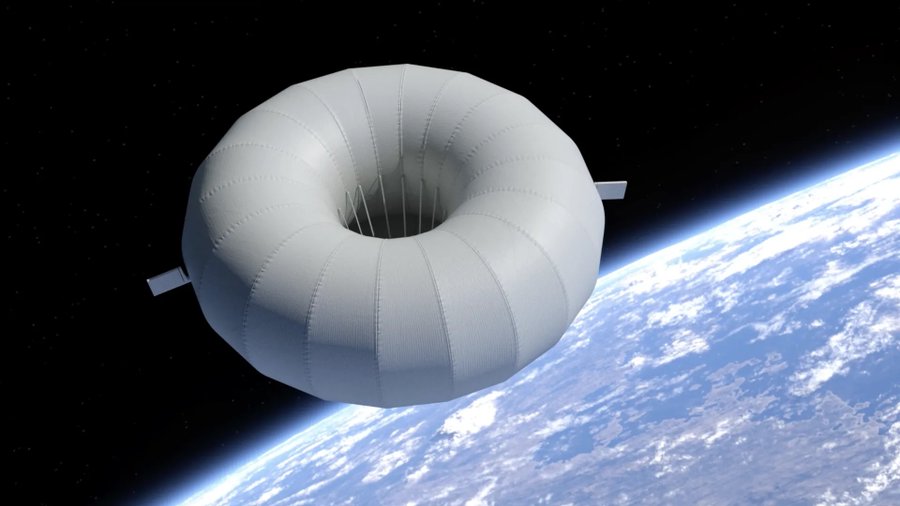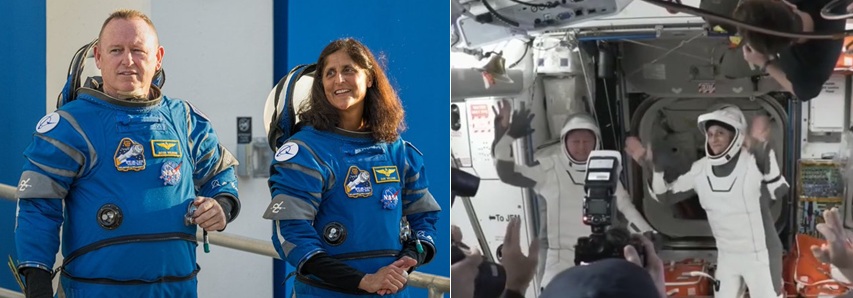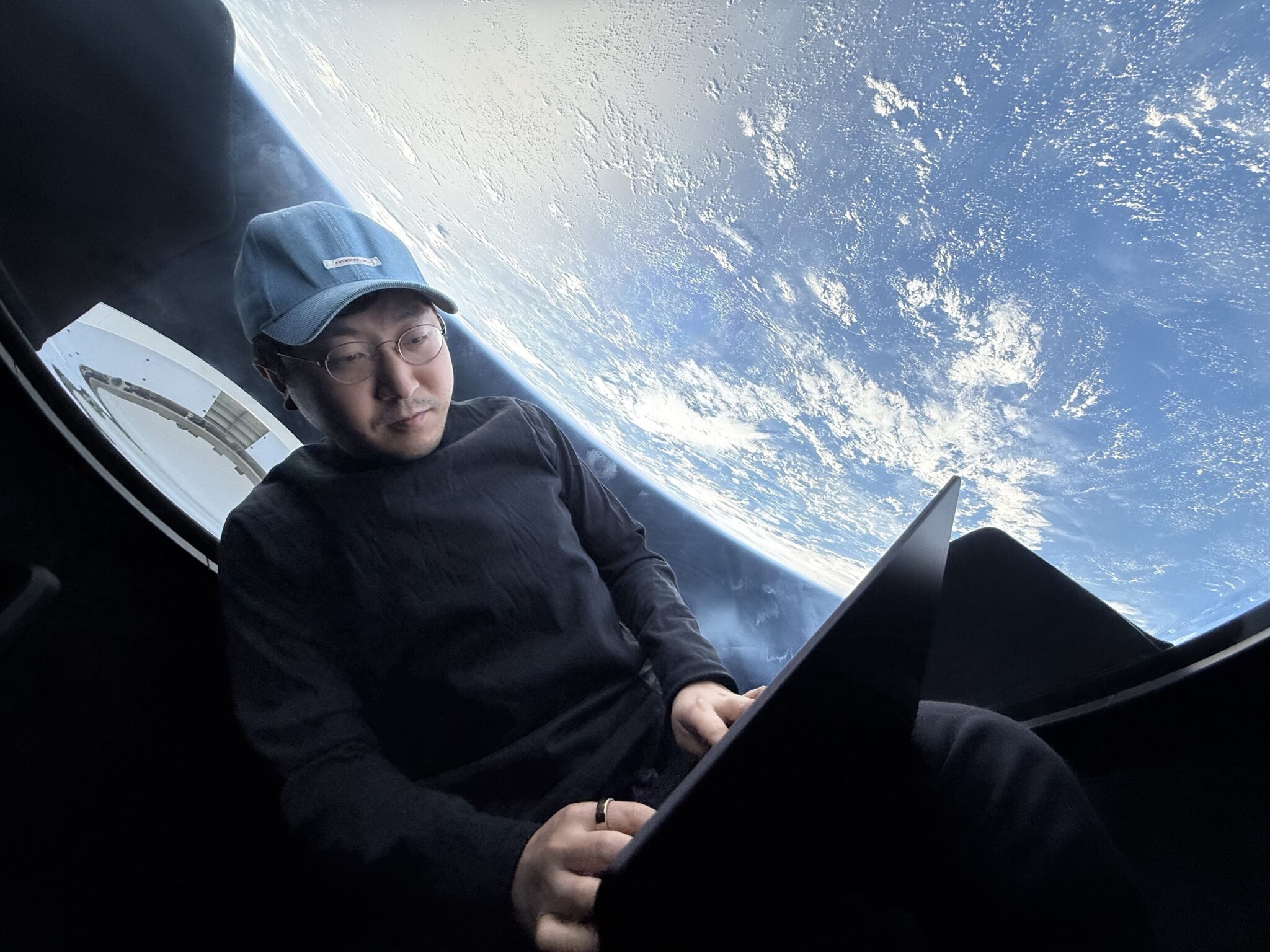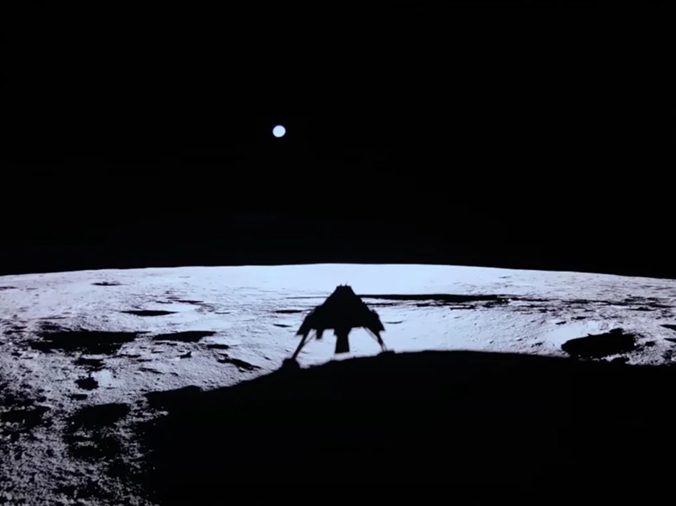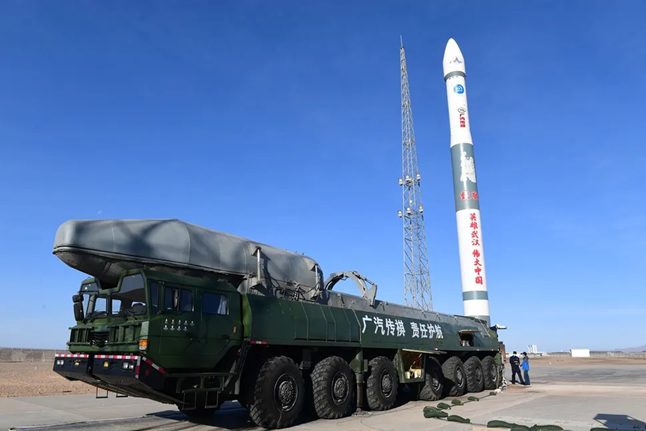Executives at Boeing, Sierra Nevada and SpaceX will be biting their nails in anticipation on which one or two teams NASA will award actual crew transportation contracts (worth a total of US$3 billion) to. This already-delayed announcement is expected imminently. All the teams have impressed by producing workable human-carrying spacecraft for what is (according to past experience) relatively little investment.
So here is our assessment of the chance via notional odds of the likely winner.
1. Sierra Nevada Dream Chaser
Sierra Nevada Corporation has come up with the “son of the Space Shuttle” in its Dream Chaser lifting-body vehicle. It may have crashed off the runway with a gear failure after its first glide, but overall it offers the promise of gentle and economical landings. The firm was very much the runner up in the last development funding round which at US$219.5 million was about half as much as its two main rivals.
There has been concern that Dream Chaser might be too dependent on Atlas V and its Russian supplied rocket engines for its launches, although it has since emerged that the firm is examining whether the craft could be launched on Japanese H2A or H2B launch vehicles as well.
While Dream Chaser’s development to full flight status is also likely to be longer than the others, expect Dream Chaser to be chosen at a favourite’s odds of “6-4 on” (4-6).
2. Boeing CST-100
Boeing’s CST-100 is a surprisingly conservative “low risk” design based on its own losing concept for the Orion spacecraft (that competition was won by Lockheed Martin). It employs a parachute and airbag recovery technique which will enable both water and on-land landings. The CST-100 which previously received US$480 million in development funding in 2012, has the “look and feel” of being more like an escape pod rather than a true commercial transport.
Nevertheless, it is thought that Boeing’s CST would be the fastest to get flying into space. This is important – especially in the context of Russian moves to put part of the Cosmonaut training programme in the annexed region of Crimea, which would mean NASA ISS astronauts wishing to fly on Soyuz spacecraft having to do likewise.
Odds of the Boeing CST-100 being chosen as the sole winner are thus 3-1,though it is more likely to be the back up choice if NASA goes for two. The only dangers are if NASA also starts viewing its own Orion capsule in this back-up role (unlikely given the sophistication of Orion), and if NASA feels that in light of Russian rocket engine supply concerns, flying both the Dream Chaser and the CST-100 off the same Atlas rocket is too risky (though Dream Chaser may yet be able to fly using a Japanese H2A) .
Importantly however, the Boeing entrant remains the low risk option. Where as the other two main competitors were slightly late hitting their milestones, Boeing was on time.
3. SpaceX Dragon V2
Already in receipt of US$400 million of development funding in 2012, SpaceX, so long a likely choice, may have shot its bolt when it moved to a more advanced vertical-landing Dragon Version 2 (V2) capsule, rather than sticking with a simple conversion of its current water-landed cargo vessel. There are fears over this spacecraft and its novel landing technology.
For while the Dragon V2 has an emergency back up parachute system lest its canted SuperDraco landing engines fail, this back up is only really effective at say 500 feet or more – which could mean broken backs all round for the crew if a failure happens just before touch down. That is not to say that parachute landing systems always work, as Cosmonaut Komarov fatally found out on Soyuz 1 in 1967, but they are, at least, a mature technology. In truth, a blunt body capsule rocket landing technique would be better suited to Mars than it would be to manned landing operations on Earth – well not unless zero-zero ejection seats are fitted.
There was more than a hint of last minute panic when Elon Musk and his SpaceX colleagues emphasised that “early” manned flights would still employ water landings. Dragon V2’s odds are thus 20-1 for being the sole winner, but it may creep in as the back-up to Dream Chaser, especially as, in being launched by a Falcon 9, it is not reliant on Atlas V.
There is one other runner for a contract: Blue Origin. However, this team is not believed to be in a position to offer such a launch service yet.
UPDATE: Wrong! NASA chose Boeing and SpaceX for the new funding, leaving the mini-shuttle Dream Chaser behind. But have they made the wrong choice?


